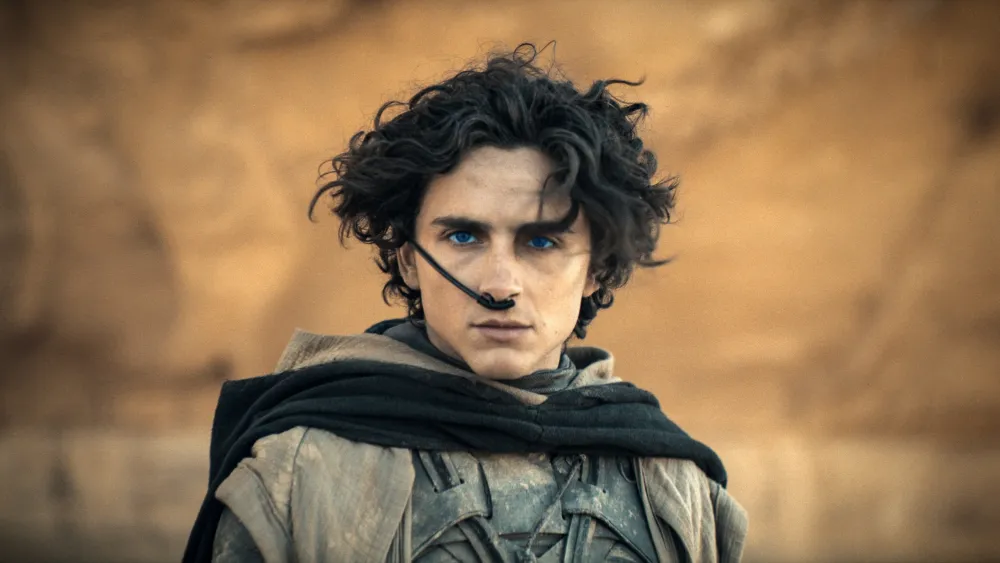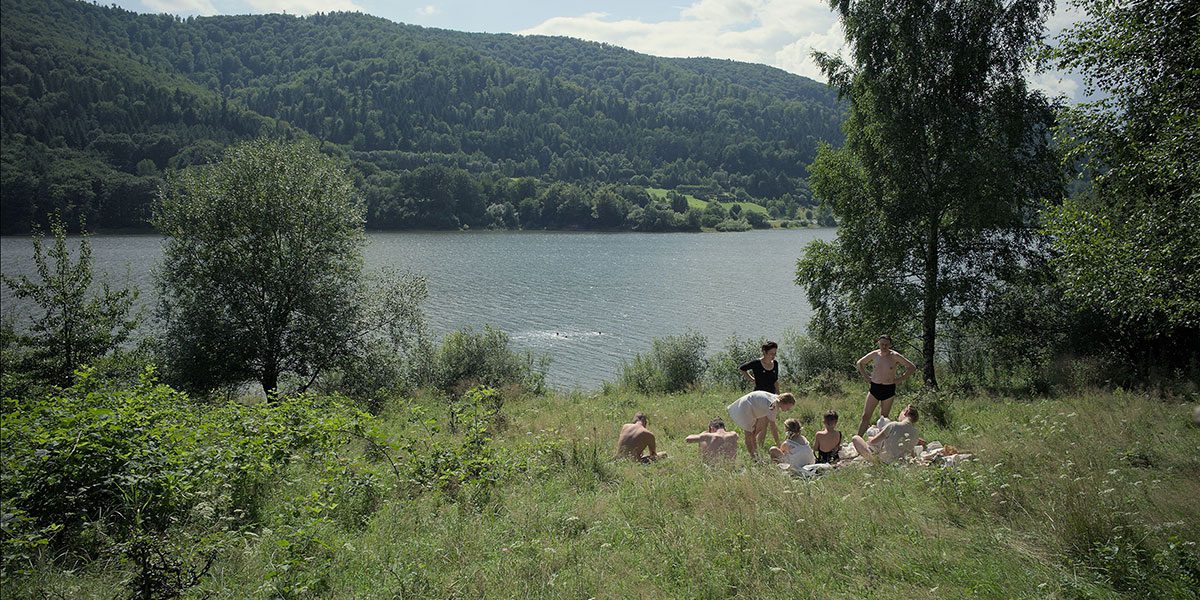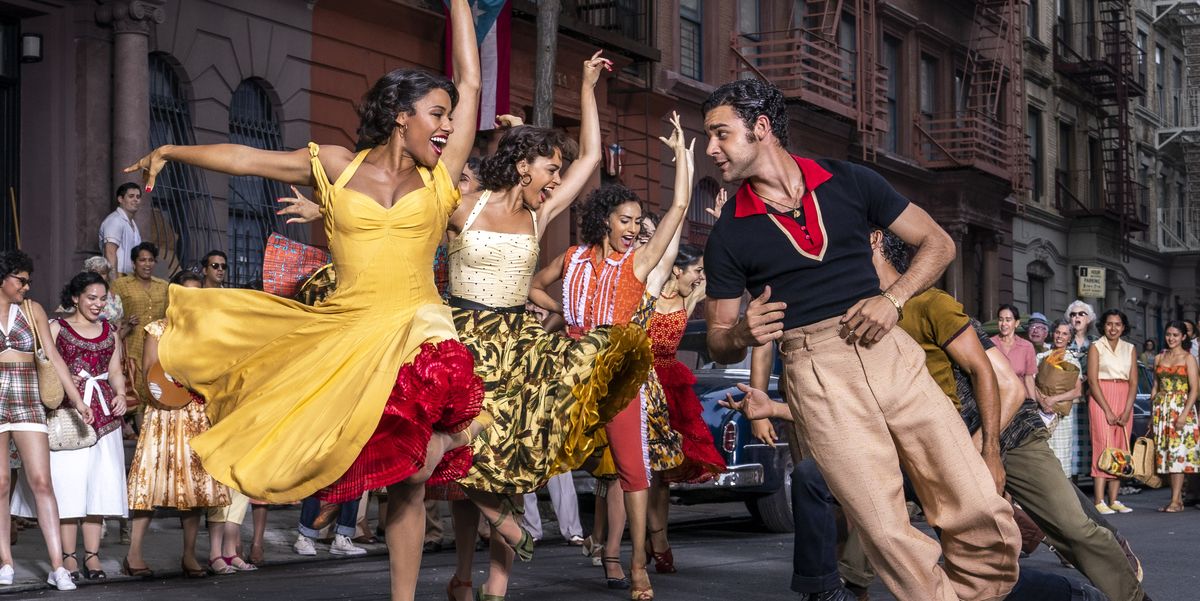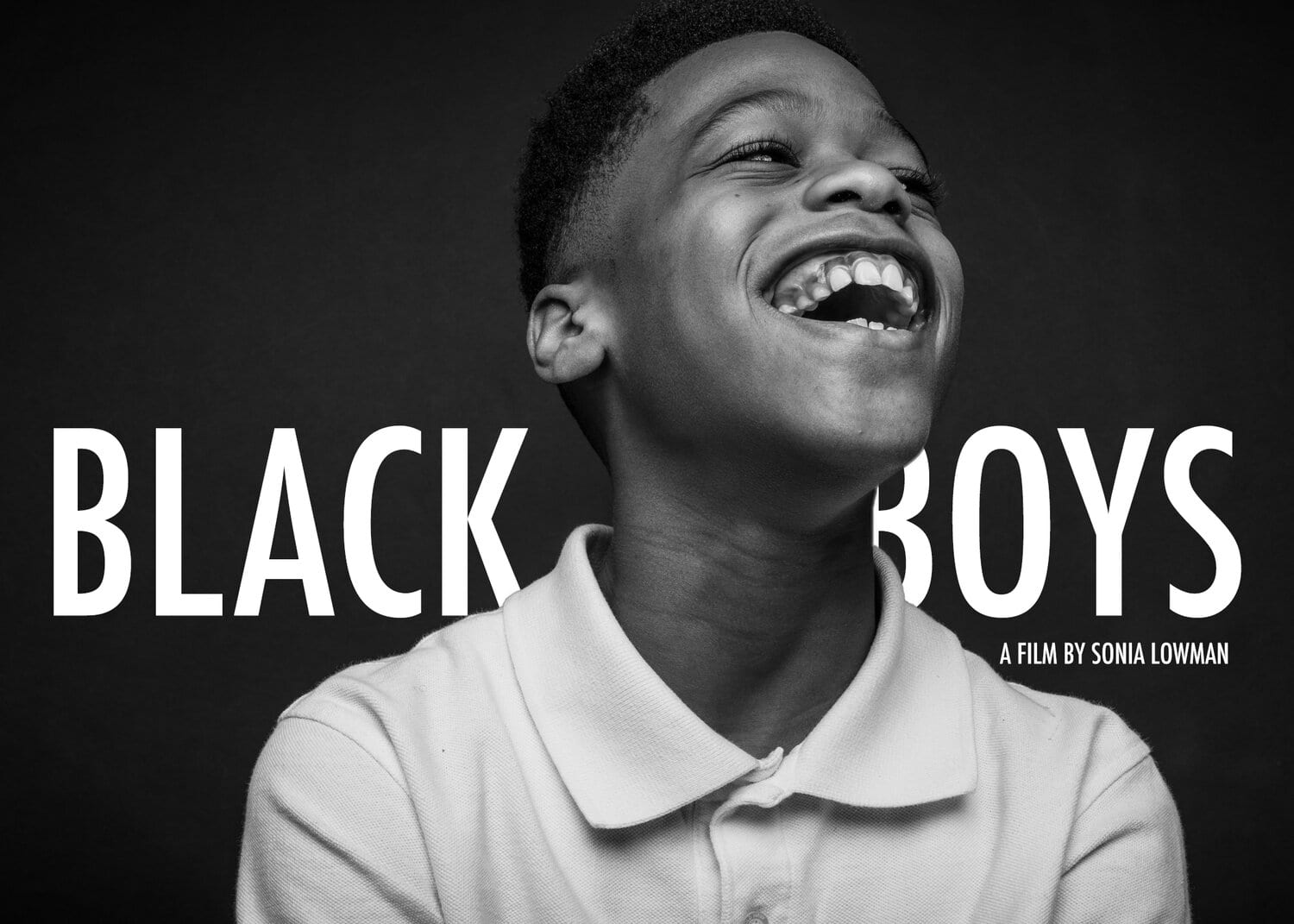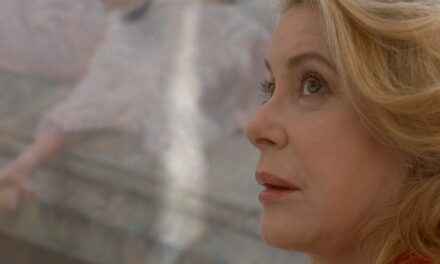It’s finally time to head back to Arrakis.
Directed by Denis Villenuve, Dune: Part Two picks up shortly after the conclusion of the first film, as Paul Atreides (Timothee Chalamet) attempts to adapt to life with the Fremen on the desert of Arrakis. As he attempts to get his revenge upon the House Harkonnen for the destruction of his people, Atreides draws closer to his newfound family, especially the beautiful Chani (Zendaya). While he trains and prepares for war, Atreides also faces internal pressure from the religious community within the Fremen who believe that he may be more significant than simply another warrior. To them, he may be their Messiah but Atreides isn’t convinced. Now, as he prepares for battle, he must also determine what he believes—and whether or not he truly is the one they’ve been searching for.
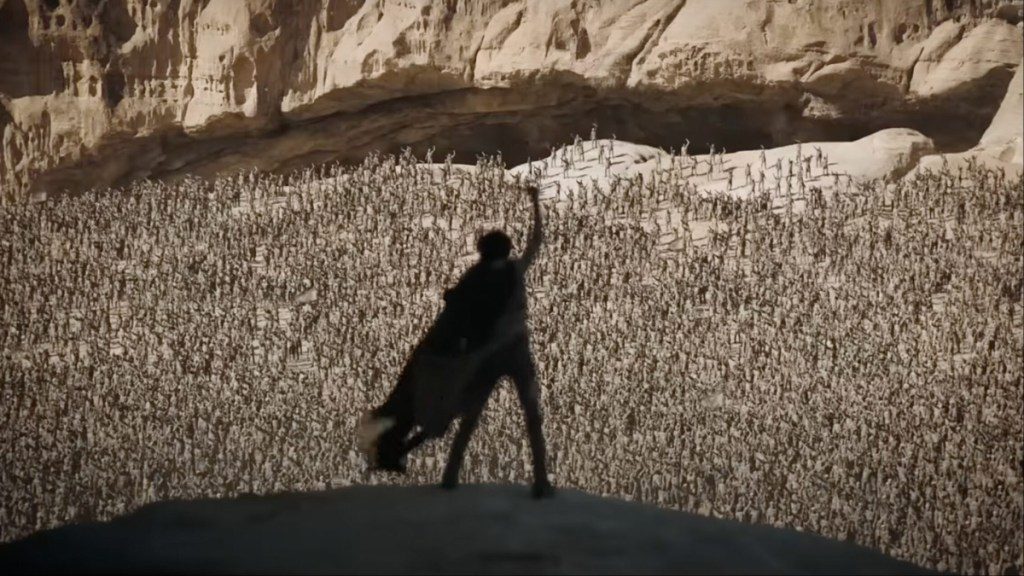
Much will be made about Chalamet’s performance and the expanded role for Zendaya, both of whom handle themselves admirably. However, the true star of the film is Villeneuve himself. Known for creating complex narratives throughout his career, his handling of the Dune material has been nothing short of spectacular. Wildly believed to be one of the more most difficult books to translate on screen, Herbert’s Dune is one of those films that simply feels too massive to be made into a film. However, with his second outing, Villeneuve continues to create expensive worlds that feel emotionally accessible at the same time. From the impossible sequel Blade Runner 2049 to his own complex Arrival, Villeneuve seems to have cemented his legacy in the sci-fi realm.
But, Dune has become his Lord of the Rings.
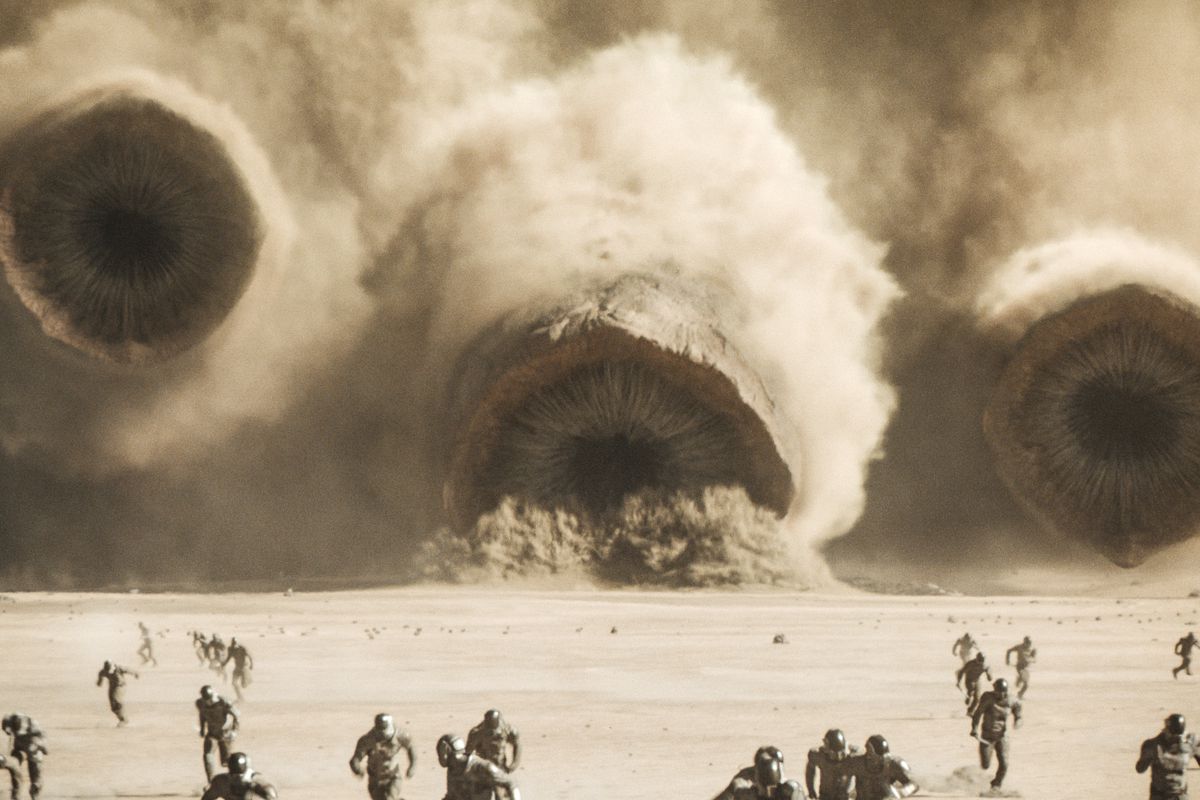
Simply put, Part Two is absolutely stunning and massive in its scope. This is the sort of film that demands to be seen on the biggest screen possible. Villeneuve has recently been quoted as saying that films should ‘show not tell’ and Dune: Part Two is yet another example of this in his work. Each frame feels immersive, overwhelming the viewer by sheer size of the world around them. (One need only to compare the size of its human characters to the enormous sandworms to recognize just how gigantic this world is truly meant to be.)
But what’s keeps what keeps from getting lost in its own expansive universe are its relationships between characters. Despite the massive political implications of the warring factions, Villenueve keeps the emphasis on his characters. This is especially true for young Paul Atreides, as Part Two feels even more like a battle for his soul.
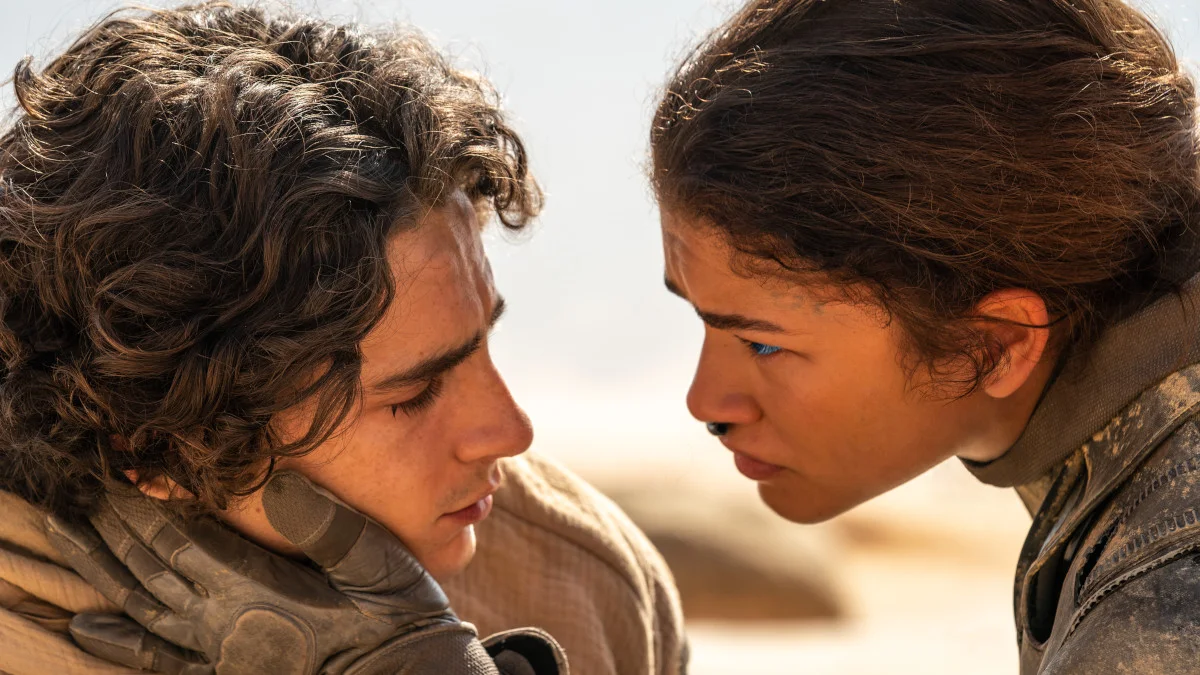
Caught between the expectations of others, Paul struggles to understand his role in the universe. To the average person, he’s a strong fighter with a tremendous spirit. Meanwhile, to the devout religious communities, he is potentially the long-awaited Messiah who will lead them to freedom. Each side seems to have their own plan for Paul and seek to use him to their own gain.
But Villenueve ensures that our primary concern is for the young Atreides himself. Although he’s torn by political machinations, Paul is simply a young man who’s trying to figure out his identity. His ‘coming-of-age’ seems to carry its own massive implications but he remains determined to carve out his own path. It’s this journey that is absolutely central to Part Two as the young Atreides battles the implications of prophesies that he does not believe and the pressure to conform to the wishes of others. And pushing the young man too far could have dire consequences.
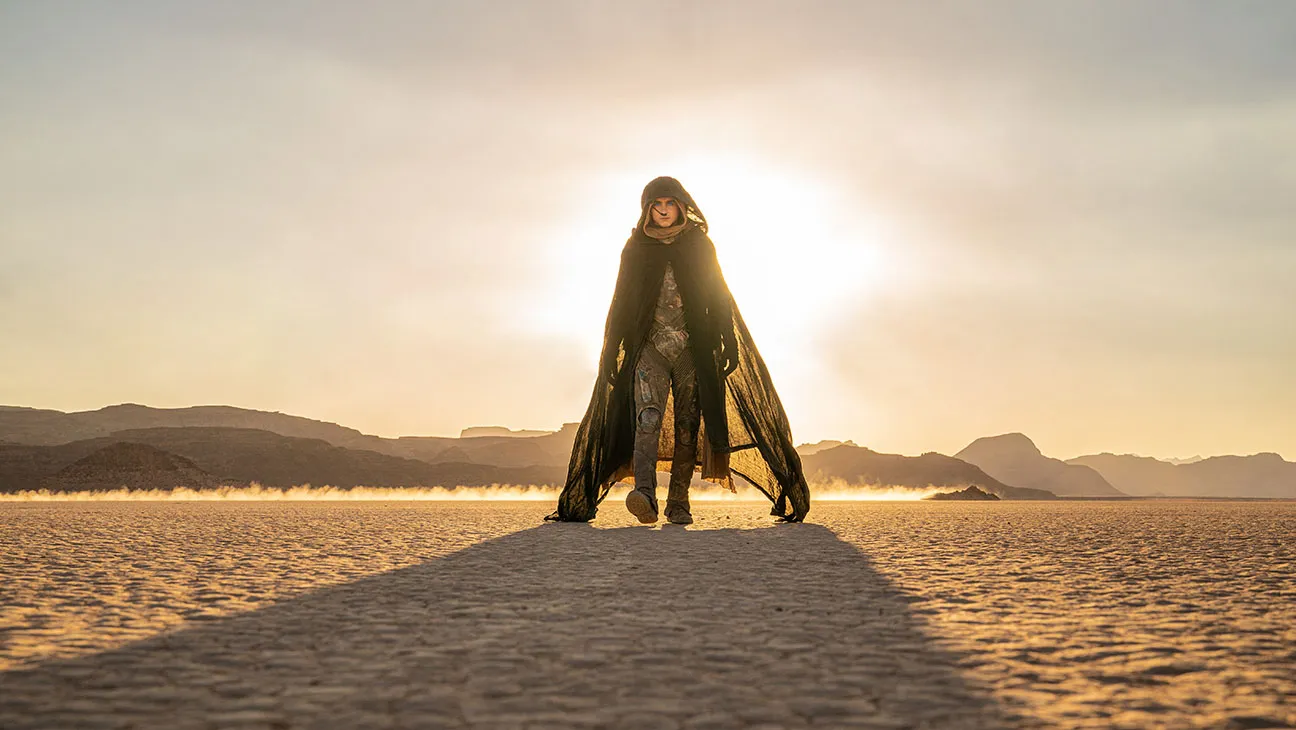
After all, when the dust settles, Dune: Part Two isn’t about controlling the spice trade. It’s about controlling Paul Atreides… and the future.
Stunning and mesmerizing, Villeneuve seems to have truly created a masterpiece of modern science fiction. With Dune: Part Two, he has made a sequel that improves on the original in every way and, despite it’s nearly three-hour runtime, still leaves the viewer wanting more.
And, with one more film to come, I’m already ready to return to Arrakis.
Dune: Part Two is available in theatres on Friday, March 1st, 2024.

